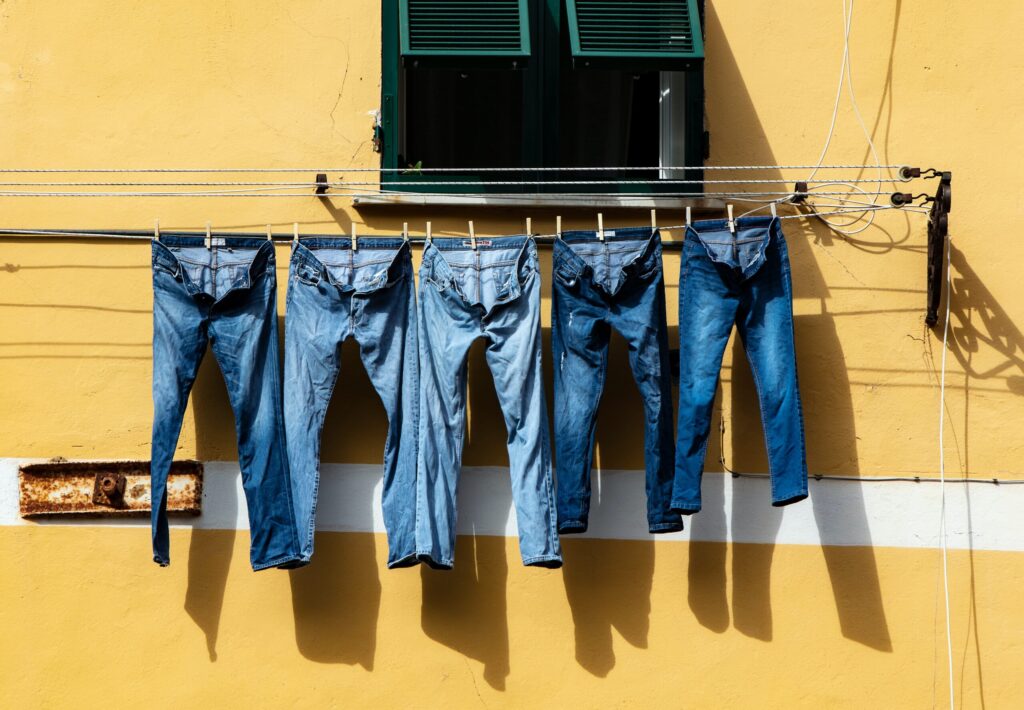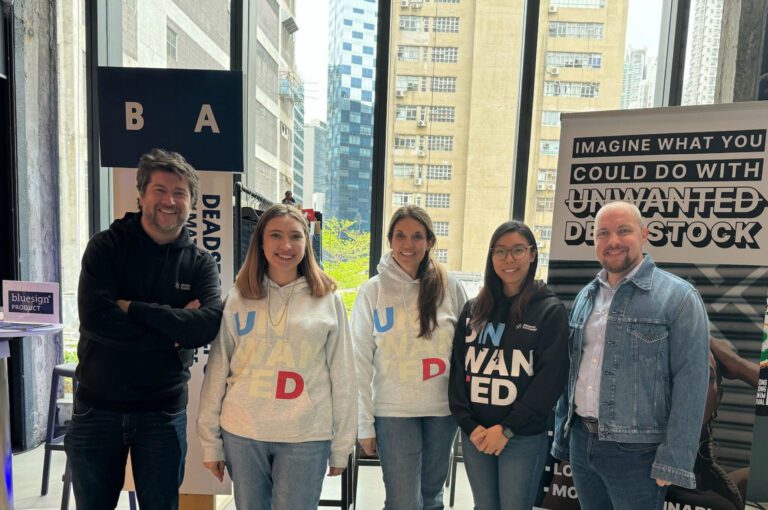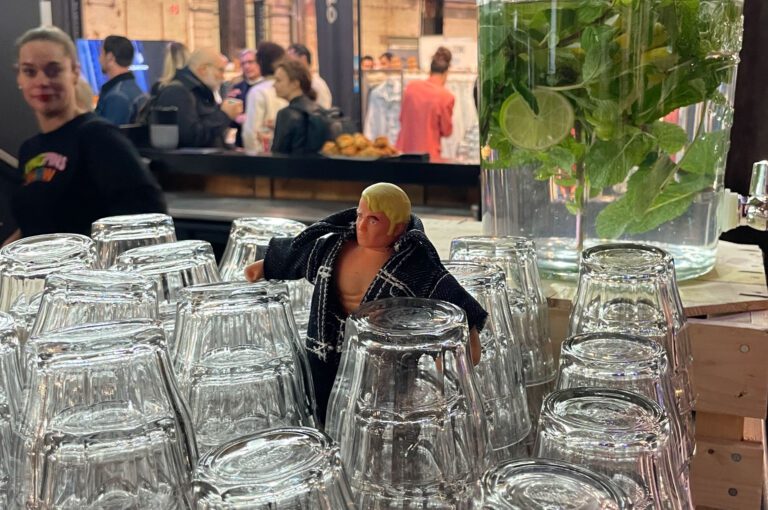Do you throw away the eggs leftover in your carton after making a batch of pancakes? Do you toss the remaining batteries in a 10-pack after replacing six dead ones in your flashlight? How about emptying out a carton of milk once you’ve poured some into your cereal bowl? These acts of waste sound silly – and yet, so many things – perfectly good things – get tossed aside, often without a second thought. In the fashion industry, one of them is deadstock.

What is deadstock exactly?
Bolts of fabrics and boxes of accessories that have gone unused for one reason or another are referred to as deadstock. They’re the excess – what doesn’t end up in the final product line, often due to over-ordering, overproduction, or a specific product being discontinued. With time-sensitive deadlines placed on brands combined with unexpected world events like pandemics, war, and unstable markets, it’s difficult to project just how much of a material will be required for an upcoming collection. And the current state of the planet feels like it’s created a perfect storm for high-level inefficiencies and large-scale excess.
So, instead of becoming a tee-shirt, a sweater, a pair of sneakers in someone’s wardrobe, what remains is left unfinished in the abyss of a warehouse or design stock room. There are many such warehouses around the world storing huge quantities of deadstock materials and trims to the tune of US$120+ billion. That’s a lot of potential just sitting around. So where does the deadstock go from here?
An estimated 92 million tonnes of unwanted fabrics will be disposed of this year. That’s the equivalent of dumping a trash truck full of material every second.
The deadstock journey
After a period of time laying untouched on warehouse shelves, deadstock is eventually carted off to be burned or to pile up in landfills – landfills bloated with all that needs to be thrown “away.” That “away” is quickly catching up with us; the space left on Earth is already at a premium and unfortunately, our waste is only growing. An estimated 92 million tonnes of unwanted fabrics will be disposed of this year. That’s the equivalent of dumping a trash truck full of material every second.
Let’s not accept this number. (We can’t accept this number.) Together, we can make a change. And for fashion brands, it can start right now – by sourcing deadstock.

There’s lots to love about deadstock
Besides the environmental benefits of using these fabric leftovers to create apparel and footwear, there are some other reasons this sourcing method is a sound business strategy:
- Fabrics and accessories are available at a quick turn-around;
- The costs are significantly lower than otherwise;
- The minimum order quantity is more flexible, allowing for small-batch, limited-edition drop sourcing;
- And there is a reduced impact of scope 3 – that is, the impacts placed on purchased goods and services – since the water, chemical, and energy inputs needed to produce new fabric don’t apply.
Not to mention the opportunity to turn losses into gains. Deadstock is truly a win-win – and more and more brands are coming to this same conclusion. From small lifestyle brands like Whimsy + Row to high-end designers like Gabriela Hearst, deadstock has gone from a hush-hush topic within the industry to a badge of pride for sustainability.
Sure, in a perfect world, we would stop deadstock from existing at all through improved forecasting around the fabric that’s needed in the first place – and creating less materials should be one of the top priorities for the fashion industry. But while those changes happen, we may as well take advantage of what’s already available.
Material Exchange is proud to promote the use of deadstock in fashion through our Deadstock Depot, which will premiere at the Kingpins Show in Amsterdam from April 12-13. There, attendees will find a wide collection of deadstock fabrics available for immediate purchase without going through the process of producing new, custom fabric. They’ll also be able to access data about the materials’ availability, all in one place.
In 2015, the Paris Climate Change Agreement was adopted by 196 countries to limit global warming to 1.5°C; on its current trajectory, the fashion industry is forecast to miss the goal by 50%. Let’s change the narrative and stop shelving perfectly good, usable materials. The eggs and milk in our refrigerators may not keep for long, but these materials do. They’re ready for use and there’s likely something great – a limited edition or capsule collection, for instance – we can do with them if we put our minds to it.
Related content
Want to chat?
We’d love to hear from you. Reach out to see how we could work together.





